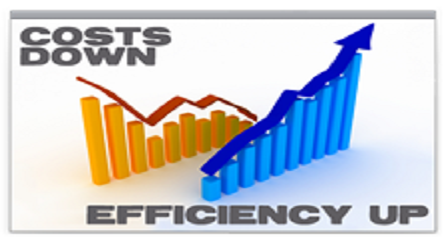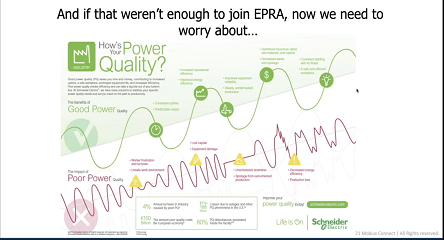The 3 timeframes we live in are the past, present and future. There is no escaping these, even for a reliability engineer.
For a reliability engineer, focusing on the past and the future will allow you to learn from what has happened in the past and what might happen in the future. It will then generate a list of actionable items to work on in the present.
The past and future timeframes can be linked to the standard definition of what reliability is.
“Reliability describes the ability of an asset, system or component to function under stated conditions for a specified period of time.”
Relating this definition to the past and future we ask ourselves the following.
- Were we able to function under stated conditions for a specific period of time in the past? If so, how were we able to do this, and if not, why were we not able to do this.
- How will we be able to function under stated conditions for a specific period of time in the future?
Both sets of question should guide the work a reliability engineer does.
Remembering the Past
You can not manage what you don’t measure. If you are not able to measure your past, then it will be difficult then to enlighten how you arrived at your present situation and how you will direct your future.
Data will represent your past. This data is what will enlighten your present and direct your future, but it can not be used to change your past, only learn from it.
It is far too difficult to resurrect and record data for things that happened in the past and impossible for things that will happen in the future. You will not always know what you are missing in the present until it becomes the past. Therefore, quality data acquisition is something that needs to happen in the present in order to help a reliability engineer manage the overall reliability of the business.
We conduct defect elimination (DE) and root cause analysis (RCA) in the present on events that have happened in the past to prevent them from happening again in the future. These events will be identified from the data. If we do not take care of these events in the present they will most likely continue to occur and prevent us from achieving our “stated conditions for a specified period of time” in the future.
Thinking about the Future
We perform reliability-centered maintenance (RCM) analyses in the present on assets, systems or components to determine what must be done to ensure that it continues to do what its users want it to do in its present operating context – and that is according to John Moubray.
The words “continues to do what its user want it to do”, indicates a look to the future for achieving our “stated conditions for a specified period of time”.
The actions we take to achieve our “stated conditions for a specified period of time” comes from our RCM analysis in the form of maintenance strategies and tactics, operating procedures, and changes (improvements) we make to the asset.
With the past and future defined, the present is all that remains.
“Yesterday is gone. Tomorrow has not yet come. We have only today. Let us begin.” – Mother Theresa
Being in the Present
Being in the present is about taking notice of where you are in the current moment of your reliability journey. What occurred in the past got you to the present regardless of it being good or bad, and what you do in the present will direct your future. The present is where action happens.
“The best time to plant an apple tree was 25 years ago. The second best time to plant an apple tree is now.”
The above quote represents the many times we wish we had started our reliability journey some time ago and that it is too late now. If you missed your opportunity in the past to start your reliability journey, now is the next best time to start.
A reliability engineer needs to be connected with what is happening in the business at the present. This will ensure they are aware of what the reliability definitions “stated conditions for a specific period of time” are, or what Moubray’s “present operating context” represents.
It does not mean you react to every deviation but take notice when there is and what the outcome is.
React only to the right things. This can be done if you have correctly prioritized where your focus and effort must go. Performing an Asset Criticality Assessment (ACA) will identify the most to least critical assets and assist you in making business directed decisions on what DE, RCA and RCM workshops need to be completed first.
ACA will also draw out which assets need to be analyzed further for identifying larger risks that may impact the business in the future. Don’t just rely on what has happened in the past when identifying potential risks, also think about what could happen in the future. The risks associated with the current asset condition, the detectability of potential failures and the sleepy high consequence, low probability risks all need to be understood and verified.
Having the ability and access to work in these 3 timeframes will ensure a solid foundation for a reliability engineer to work from and provide clear direction. It will create the actions for the present with a focus on remembering the past and thinking about the future.
“Yesterday is history, tomorrow is a mystery, today is a gift of God, which is why we call it the present.” – Bill Keane


